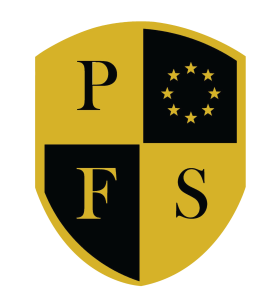Padel Court Design: The Key to a Successful Padel Tennis Club
admin
April 6, 2024

Designing a padel tennis club requires careful consideration of various factors to ensure its success. Here are some key aspects to focus on:
- Court Layout and Number: Determine the number of padel courts based on the expected demand and available space. Courts should be laid out efficiently to allow for easy access and movement between them.
- Court Orientation: Consider the orientation of the courts to minimize the impact of sun glare and wind, which can affect gameplay. Ideally, courts should be positioned to minimize these factors, or shading solutions can be implemented.
- Surface Material: Choose a high-quality surface material that provides good traction and ball bounce. Artificial grass or synthetic turf with sand infill is commonly used for padel courts due to its durability and low maintenance requirements.
- Fencing and Walls: Install sturdy fencing around the courts to contain balls and ensure player safety. The walls should be made of materials that allow for rebounding shots, such as glass or metal mesh, to enhance gameplay.
- Lighting: Proper lighting is essential for evening or indoor play. Install lighting fixtures that provide uniform illumination across the courts to minimize shadows and ensure optimal visibility.
- Player Amenities: Include amenities such as seating areas, shade structures, water fountains, and restroom facilities to enhance the comfort and convenience of players and spectators.
- Clubhouse Design: Design a clubhouse or reception area that serves as a focal point for the club. It should include amenities such as a pro shop, locker rooms, and a lounge area where players can relax before and after matches.
- Landscaping and Aesthetics: Pay attention to landscaping and aesthetics to create an inviting and attractive environment. Incorporate greenery, signage, and branding elements that reflect the club’s identity and appeal to visitors.
- Accessibility: Ensure that the facility is accessible to people of all ages and abilities, including those with disabilities. Provide designated parking spaces, ramps, and other accommodations as needed to facilitate access.
- Regulatory Compliance: Familiarize yourself with local regulations and zoning requirements governing the construction and operation of sports facilities. Obtain necessary permits and approvals to ensure compliance with legal standards.
Recent Posts
- Become a PFS Sport Distributor in the USA: Join the Leaders in Sports Surface Solutions
- Become a PFS Sport Distributor: Join the Leaders in Sports Surface Solutions
- EPDM Granules for Every Application: PFS Sport’s Versatile Solutions
- The PFS Sport Advantage: Competitive Pricing and Exceptional Service
- Global Reach, Local Touch: PFS Sport’s Worldwide Distribution Network
Recent Comments
No comments to show.








